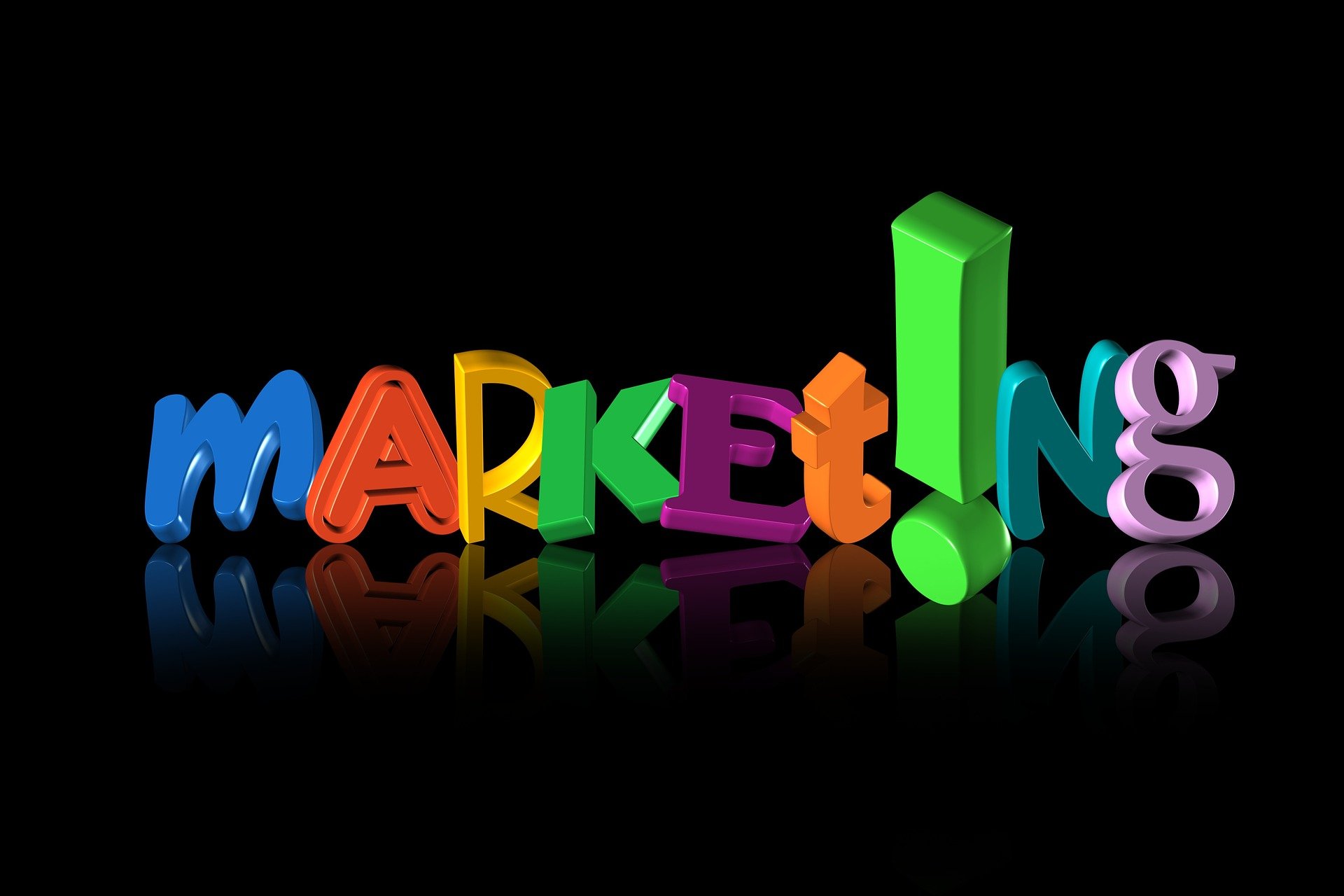If the key to real estate sales truly is location, location, location, then the key to online marketing is access, access, access. So, our online marketing tip for today is – your business website must be accessible to everyone – including the increasingly large numbers of those who use mobile devices to research and shop. In other words, make sure your business website is mobile friendly.
In addition to this critical factor, Google began using “mobile friendliness” as a ranking factor for all websites in 2015. Known as Mobilegeddon in the world of SEO, the search engine giant made it clear to us that being mobile-friendly was now very important for future website rankings in the search results (SERPs).
Since then, Google has increased the importance of mobile-friendliness with an “update to mobile search results that increases the effect of the ranking signal to help our users find even more pages that are relevant and mobile-friendly.”
While this is obviously important for business-to-consumer marketing, it begs the question of value for B2B businesses. The simple answer is that you should be mobile-friendly to all potential clients and customers.
Mobile Search Exceeds Desktop Search
So, beyond the importance Google places on this characteristic, why should you care?
Again, the answer is simple because, as of October 2016, mobile traffic officially surpassed desktop traffic on the internet. (AugustAsh.com)
While this may not be the case for you, or others you know, that is irrelevant to ensuring your business website is mobile-friendly.
According to the business data website Statista.com, mobile commerce and shopping have grown by almost staggering numbers, just three of which are compelling for your online marketing strategy:
82% of online users in the US used a mobile device for online shopping
35% of online users in the US are mobile-only online shoppers
57% of online shoppers in the US say they will not recommend a business that offers a poor mobile experience
For B2C businesses, being mobile-friendly can be even more important, because:
88% of US consumers research products online to buy in-store
63% of US shoppers perform online product research and price comparisons while in-store
While many of you may think the need to be available through mobile devices applies exclusively to retailers, this is definitely not the case.
Just think about your own experience with using your smartphone or tablet to research a business online. Sure, much of that time is spent “shopping” for consumer goods but you’ve also spent time checking out the websites of competitors, suppliers, your own social media, and engaging with visitors to your website.
If you're using your own mobile devices more than ever before, so are your clients and prospects.
There is a very easy way to find out if your website is mobile-friendly, just click here: Google’s Mobile-Friendly Test.
Ted remains available for business consulting to the trade, including online marketing tips and the mobile friendliness of your website. Simply… Contact TD Fall today.











